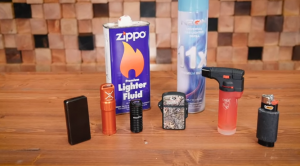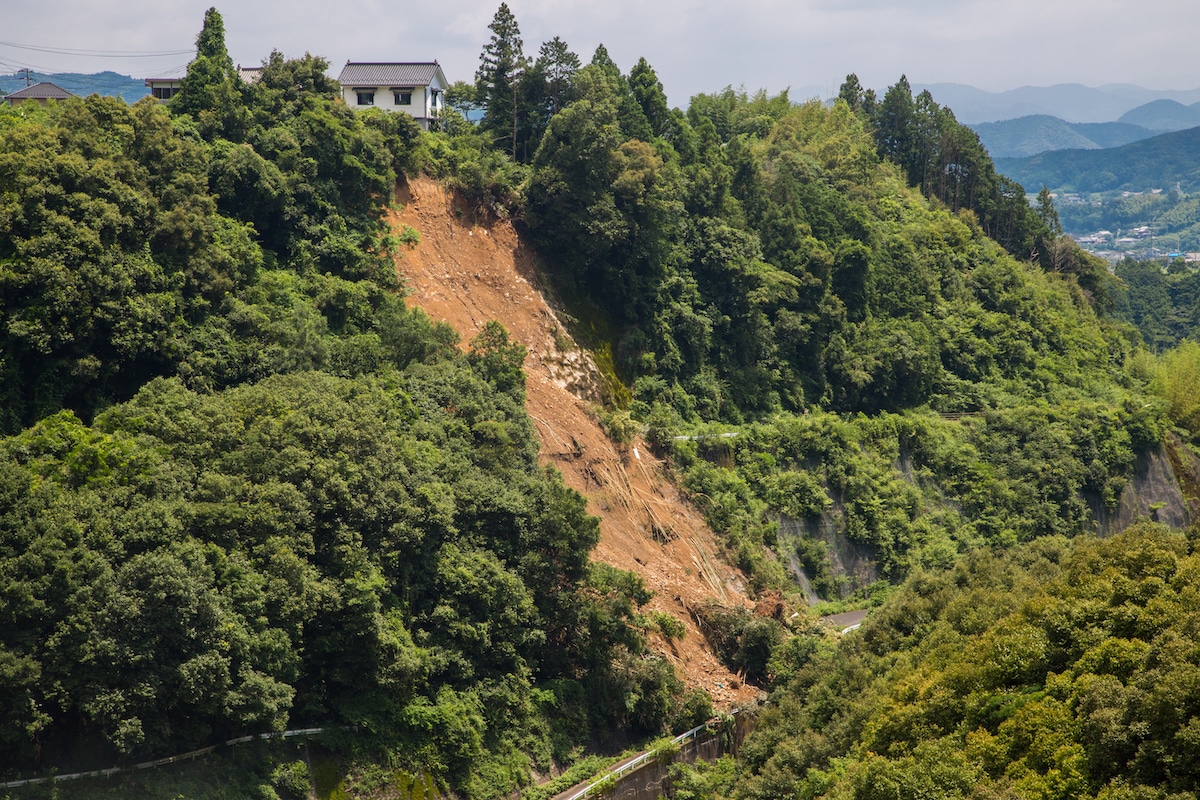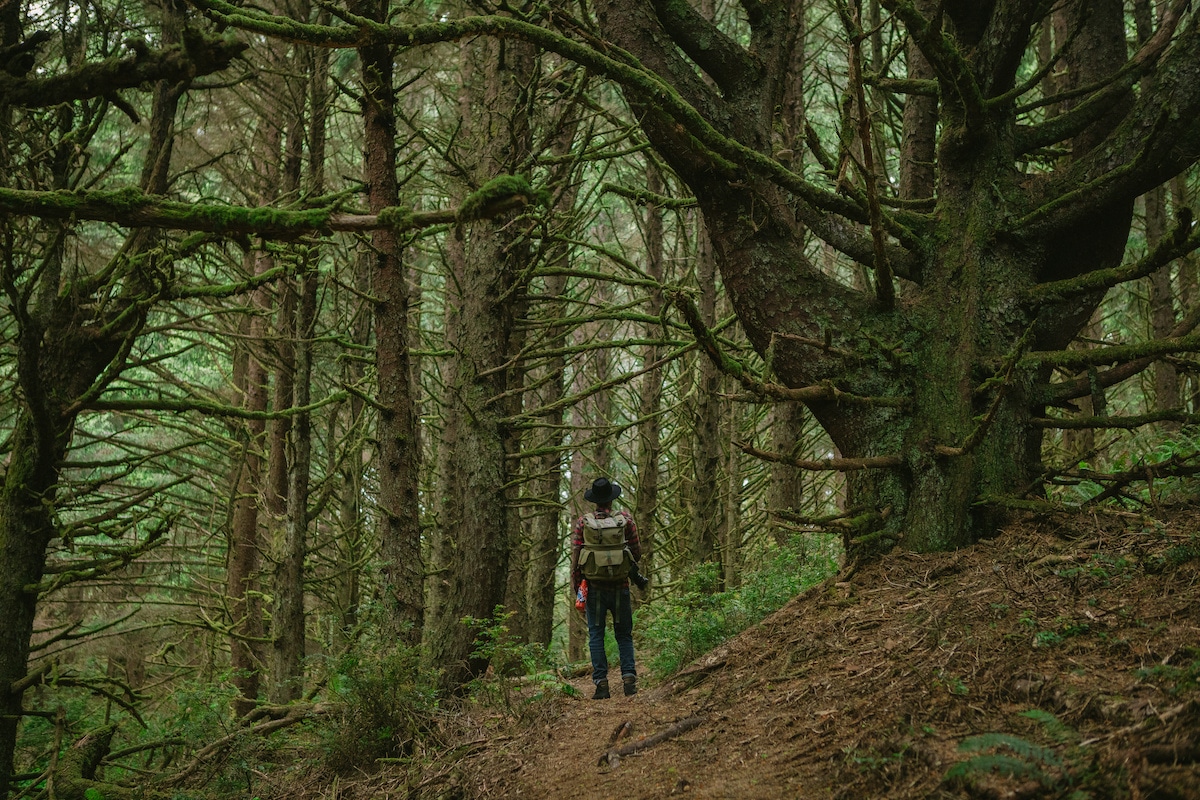What We'll Cover
What Do You Need To Stay Safe While Camping?
An emergency can arise at any time on a hike, and preparation is the key to getting out of many wilderness situations safely.
Whether it’s a scraped knee, bad chafing while hiking, an unexpected rainstorm, or a wild animal approaching or getting lost on the trails, here are some backpacking essentials to bring along to ensure the safety of yourself and others.
Essential Orientation and Navigation Supplies
Getting lost can quickly escalate into cause for concern, making navigation and orientation tools a must for backpackers. Topographic maps, GPS systems and a compass can be a hiker’s best friends in such situations. While GPS apps may be useful, but don’t rely solely on the technology functioning properly in the wilderness. Of course, knowing how to properly use a compass and having one handy can also be a lifesaver for reading those maps and getting oriented with positioning.
First Aid Supplies
Hikers can build a customized first aid kit or buy a pre-assembled first aid kit. Unless some serious backcountry outings are planned a basic kit should do, so long as it contains:
- Bandages
- Disinfecting Ointments
- Gauze
- Tape
- Tweezers
- Splint
- Sling
- Gloves
- OTC Pain Medication
Those taking intensive excursions will likely need more supplies, but all kits should contain a basic guide to handling medical emergencies as a staple.
Illumination and Signaling Devices
Nighttime hiking isn’t for novices, but there’s no predicting when a distraction or incident can delay getting back to camp before nightfall. Flashlights are recommended, and many hikers also carry headlamps for hands-free operation. Many headlamps and flashlights also have strobe modes, which can be a useful location device in emergencies. (Just be sure to pack extra batteries.) In case the party gets lost and cannot navigate out, carry waterproof matches to light a signal fire (just be careful not to burn yourself), and carry a micro-whistle, a signal mirror and flares to aid rescue efforts.
Ample Hydration and Nutrition
In an emergency situation, supplies can run low quickly, so make sure to have plenty on hand. Make sure that any snacks are nutritious and non-dehydrating. If no natural water sources are expected, bring at least two liters of water per hiker for 6–8 hour journeys. However, even if you don’t expect that natural water sources will be available, it’s wise to bring along a water filtration system and know how to purify water for drinking in case it comes to purifying urine or boggy water.
Insulation and Protection During Unexpected Conditions
Hikers need to consider what the absolute worst weather conditions they could face on the trip might be, and pack appropriate supplies for protection and insulation. Weather can turn stormy, windy or chilly on backcountry excursions, so bring along an additional layer of clothing and an emergency poncho or large trash bag that you can store in an emergency kit. A lean-to shelter or tarp could also come in handy.
Multi-Tools and Repair Kits
Multi-tools and knives are excellent for repairing gear, cutting kindling, food preparation, and basic emergency situations. Most tools have at least one foldout blade, screwdrivers, scissors and a can opener, but some tools have dozens of implements. Those planning on sleeping outdoors in the backcountry should bring along a repair kit for unexpected gear damage, such as punctured water bottles and air mattresses, or broken trekking poles. Duct tape can be used for these purposes and more when hiking. Tools like these can fit easily into a survival kit.
Sun and Insect Protection
Sunglasses, sunscreen and insect repellent are a must for any hiker’s backpack. It’s no secret that skin cancer, cataracts, Lyme disease, and a variety of other conditions can arise from sun and insect exposure, so be prepared with:
- Sunglasses that block 100% of UVA and UVB rays.
- A wide brimmed hat for sun, eye and rain protection. A netted hat can help with insects, too.
- Use sunscreen with a minimum SPF of 30, to be reapplied every two hours or so.
- SPF rated lip balm.
- Insect repellent for ticks, mosquitoes, midges and fleas.
Planning to hit the trails soon and want to learn more about backpacking safety? Contact a local outdoor professional near you today for more information and tips.
The responses below are not provided, commissioned, reviewed, approved, or otherwise endorsed by any financial entity or advertiser. It is not the advertiser’s responsibility to ensure all posts and/or questions are answered.



![Best Archery Sets This 2023 [Men & Women]](/assets/images/8cf78150f1d9d7a0c175609145d21517.png)

